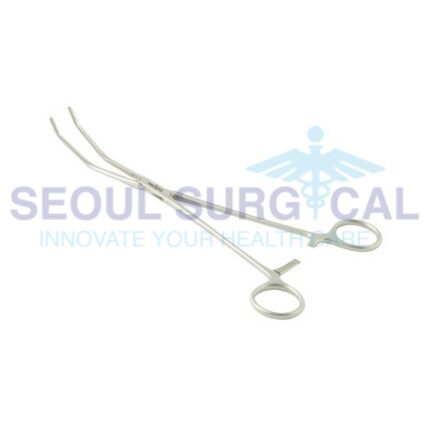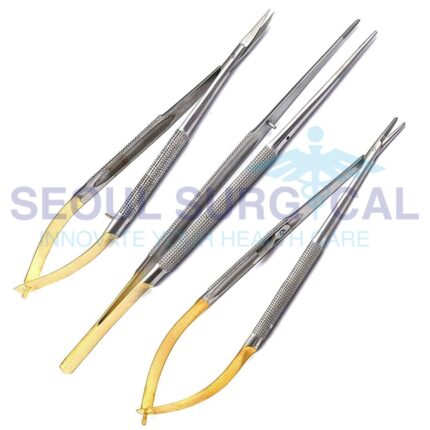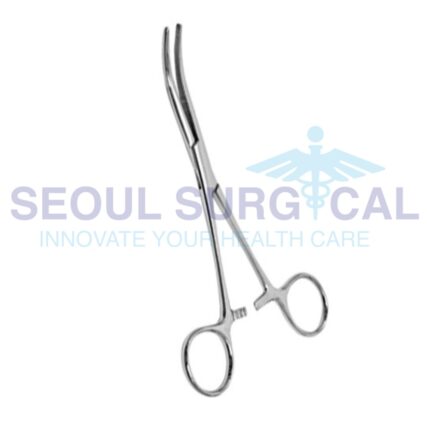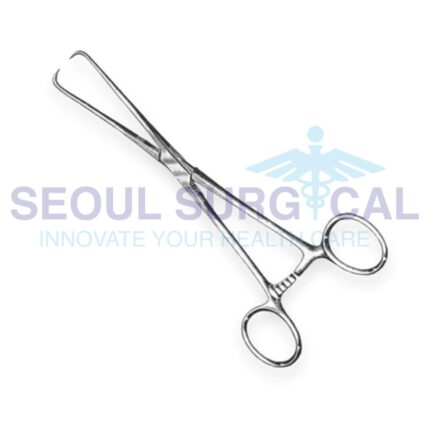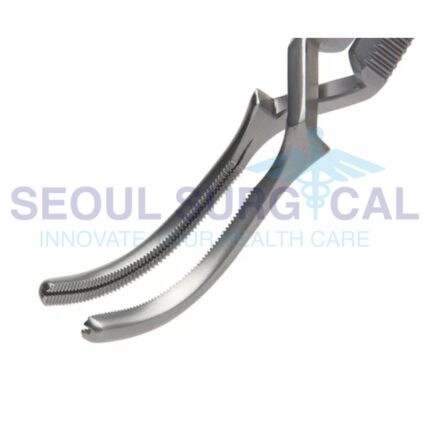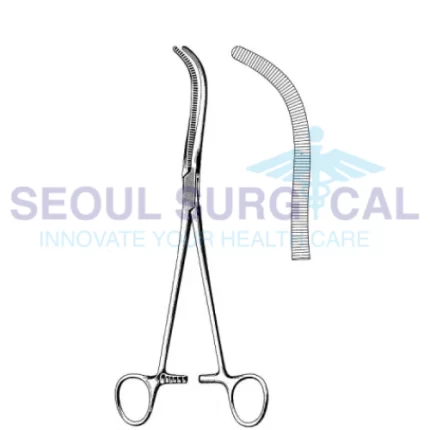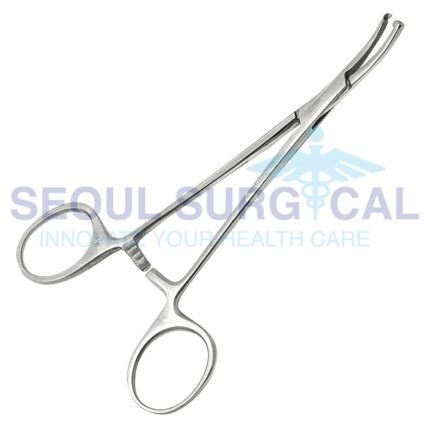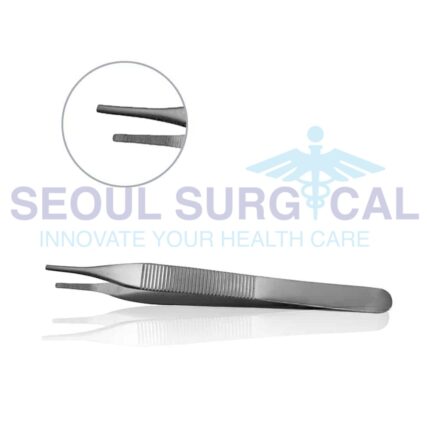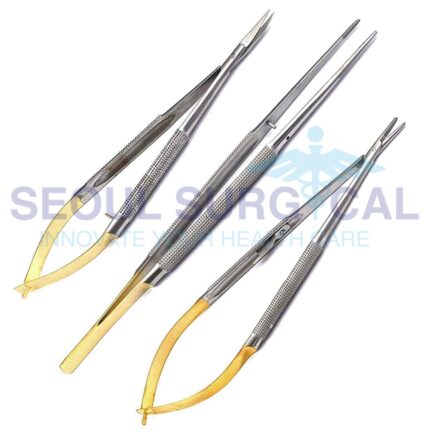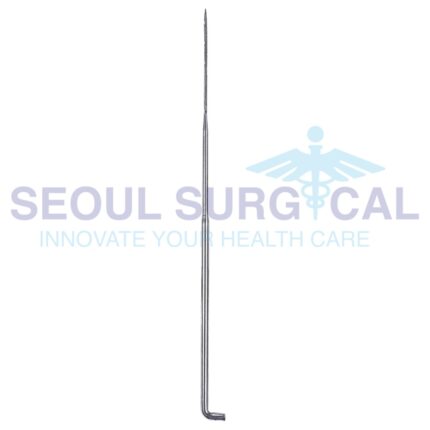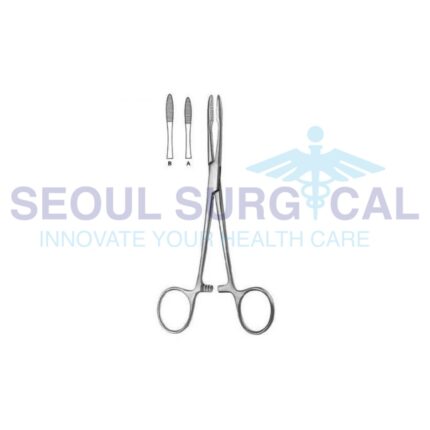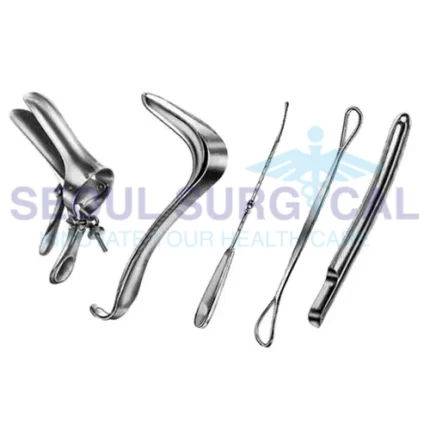Gentle Precision: Navigating Tissue Dissection with Advanced Ligature Forceps
These forceps are typically made of high-quality surgical stainless steel, and they undergo sterilization before use in surgical procedures. The choice of dissecting ligature forceps depends on the specific surgical or dissection task at hand, the size of the tissues being manipulated, and the surgeon's preference. The delicate design of these forceps allows for precise and controlled tissue handling during intricate surgical procedures.
Germ-Free Precision: A Closer Look at Asepsis Instruments for Surgical Environments
Ensuring asepsis is a critical aspect of healthcare, especially in surgical and invasive procedures. Healthcare professionals follow strict protocols to sterilize instruments and maintain a sterile field, minimizing the risk of infections and promoting patient safety. The use of aseptic techniques is fundamental in preventing the transmission of pathogens in healthcare settings.
Grasping Precision: A Guide to Surgical Forceps in Medical Procedures
Grasping the Peritoneum: A Guide to Precision with Peritoneum Forceps in Surgery
The choice of peritoneum forceps depends on the nature of the surgical procedure, the specific tissues being manipulated, and the surgeon's preference. These forceps are made of high-quality materials such as stainless steel and are subjected to sterilization processes before use in surgery to maintain aseptic conditions. The delicate and precise design of these forceps allows surgeons to handle peritoneal tissues with care during abdominal and pelvic surgeries.
Gripping Power: Bulldog Clamps and their Significance in Surgical Hemostasis
These clamps are typically made of stainless steel for durability and are sterilized before use in surgical procedures. The choice of bulldog clamp depends on the type of vessel being occluded, the surgical procedure, and the surgeon's preferences. Bulldog clamps play a crucial role in vascular and cardiac surgeries by allowing surgeons to temporarily interrupt blood flow, facilitating precise and controlled interventions while minimizing blood loss.
Gripping Vitality: Essential Tools for Kidney Pedicle Clamping in Surgery
It's important to note that the specific type of kidney pedicle clamp used may vary based on the surgeon's preference, the nature of the surgical procedure, and the patient's condition. The use of these clamps requires expertise in vascular surgery and careful management to ensure the safety of the patient and the success of the surgical intervention.
Gynecological Mastery: Navigating Hysterectomy with Specialized Forceps
It's important to note that the specific forceps used during a hysterectomy may vary based on the surgical approach (abdominal, vaginal, or laparoscopic) and the surgeon's preference. Each type of forceps serves a specific purpose in tissue manipulation, hemostasis, and organ removal during the procedure. Surgical instruments used in hysterectomy procedures are typically made of high-quality materials, such as surgical stainless steel, and are designed to withstand repeated sterilization.
Handling Sensitivity: A Guide to Cilia Forceps in Delicate Surgical Interventions
If you have a specific context or application in mind, it would be helpful to provide more details for a more precise answer. Surgical instruments are often designed with specific tasks and tissues in mind, and the choice of forceps depends on the nature of the procedure and the tissues being handled.
Handling the Minuscule: A Comprehensive Guide to Atraumatic Micro Forceps
These forceps are typically made from high-quality materials such as stainless steel and are designed to withstand repeated sterilization for use in aseptic surgical environments. Surgeons use atraumatic micro forceps to ensure minimal tissue damage during delicate procedures, such as those in ophthalmology, neurosurgery, and plastic surgery, where precision and gentle tissue handling are crucial for successful outcomes.
Hearing Health Handbook: A Comprehensive Guide to Otology Instruments
It's important to note that many otology instruments are designed for microsurgery and may be used in conjunction with a surgical microscope for enhanced precision. These instruments play a crucial role in the diagnosis and treatment of various ear-related conditions, including hearing loss, infections, and structural abnormalities. Surgical interventions in otology are often intricate, requiring specialized instruments and the expertise of skilled otologists or ENT surgeons.
Hemostasis Harmony: The Essential Role of Haemostatic Forceps in Surgical Control
Hemostatic forceps are typically made of high-quality surgical stainless steel, allowing for repeated sterilization. The choice of hemostatic forceps depends on the specific surgical procedure, the size of the vessels being clamped, and the surgeon's preferences. These forceps are an essential component of any surgical toolkit, ensuring that bleeding is effectively controlled during surgical interventions.

